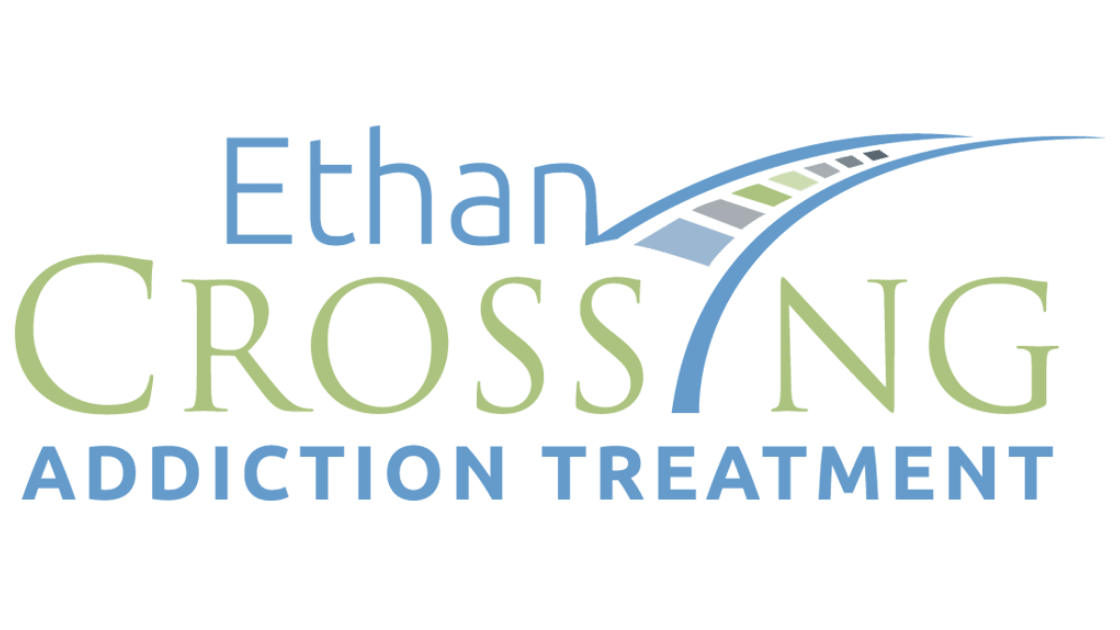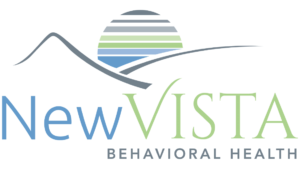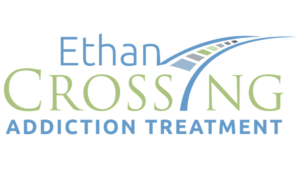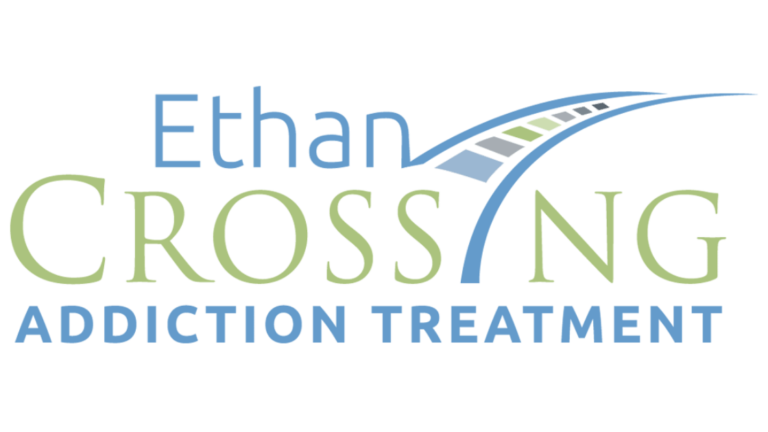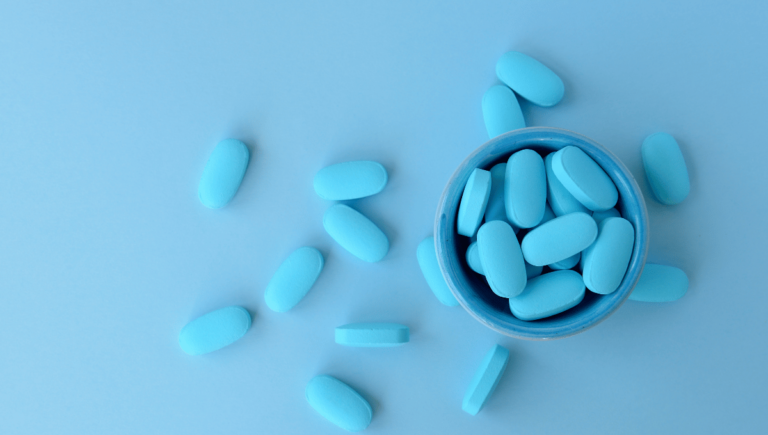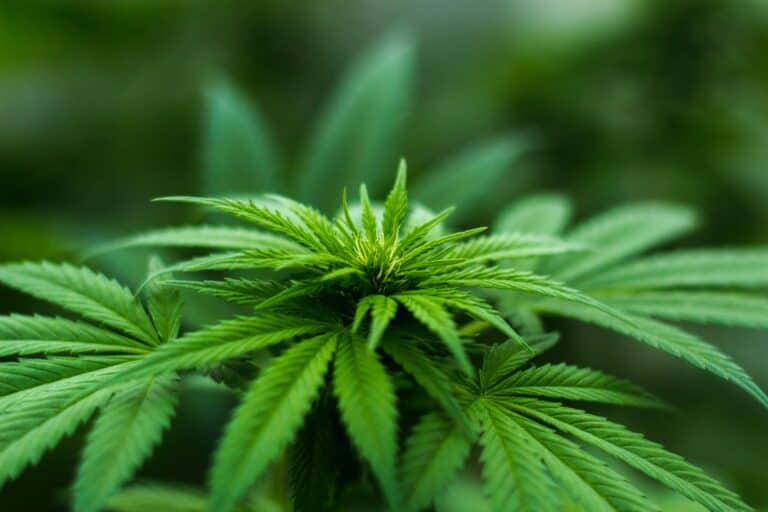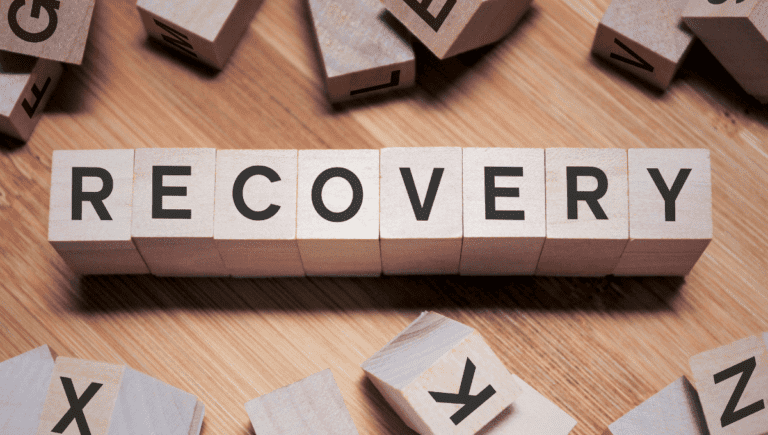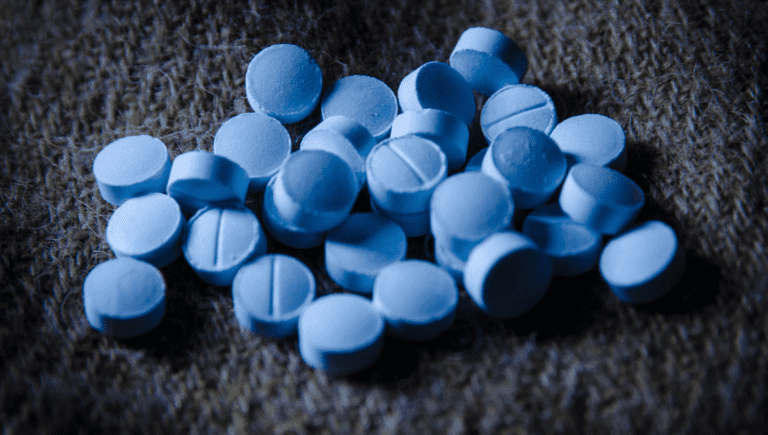Opiates are substances with active ingredients that are derived from opium, a chemical that naturally exists in the opium poppy plant (papaver somniferum). The opium plant contains alkaloids, the most notable of which is morphine. Papaverine and codeine are two more active alkaloids that are present in lower amounts. Effects are produced by two different kinds of alkaloids. One category of analgesic chemicals includes morphine, codeine, and thebaine, which operate on the central nervous system. The majority of the other opium alkaloids, including papaverine and noscapine, can be used to relax muscles.
Opiates History
The earliest documented archeological evidence of human usage is from the Mediterranean region; the first seeds date to more than 5000 BC during the Neolithic period. Throughout history, opium was used all over the world to treat many ailments including dysentery, cholera, menstrual cramps, and general pain.
Unprocessed opium was widely used for medical purposes up to the American Civil War when it was replaced by morphine, which could be administered through injection at a precise dosage. Particularly in the 1800s, opium compounds, including morphine, were often utilized as analgesics. Heroin was also initially created for medicinal reasons before doctors recognized it had strong addictive qualities.
Presently the biggest source of opium in the world is found in the upper Asian region, which includes Afghanistan, Pakistan, northern India, and Myanmar. Today, the opium poppy can flourish in most regions of the world, independent of the soil’s characteristics, the climate, or the geography.
Jump To Section
How Opiates Are Abused?
Opioids can be utilized in many acceptable ways. They can be supplied either orally as a pill or by the use of an oral film patch that dissolves in the mouth. To relieve pain, opioids can also be given intravenously; this happens most frequently during surgical procedures.
Numerous possibilities exist for prescription opioids to be abused as well. They can be taken orally, but not at the recommended amount or with a prescription. Additionally, they can be broken up and injected, snorted, or smoked.
Signs Of Opiates Abuse
The signs of opiate addiction are numerous. The most typical signs that someone is dealing with opiate addiction include the following, however not all opiate addicts will exhibit all of them:
- Isolation
- Losing interest in activities
- Lack of personal hygiene
- Exhaustion
- Depression
- Mood swings
- Being Agitated
- Insomnia
- Getting into trouble with the law
- Experiencing financial hardship
Opiate Withdrawal Symptoms
When a patient who is physiologically reliant on opioids unexpectedly cuts back or stops using them, they may experience withdrawal. These symptoms can appear within hours of last use:
- Intense cravings
- Tremors
- Insomnia
- Abdominal pain
- Nausea
- Anxiety/irritability
- Diarrhea
- Feeling cold
Opiate Use Statistics
Due to their high level of addiction, opioid usage in the US has reached epidemic proportions. On average, more than 90 Americans die from an opioid overdose every day, illustrating the seriousness of the crisis. Other statistics relating to opioid misuse include:
- 21-29 percent of people on prescription opioids for chronic pain misuse them.
- More than 75% of people with Opiate Use Disorder are white males between the ages of 18 and 34.
- According to estimates, 10.1 million people 12 and older abused opioids in 2018.
Difference Between Opiates And Synthetic Opioids
When discussing these two categories of narcotic substances, some individuals take care to make a distinction between them. Some individuals confuse the two terms or favor one over the other. Both groups of drugs are considered narcotics and are highly addictive.
Opiates are chemical substances that are obtained or processed from natural plant material. Some examples include:
- Opium
- Morphine
- Codeine
- Heroin
Opioids are chemical substances that are synthesized in a lab. There are over 500 unique opioid compounds that have been developed by the pharmaceutical industry. Typical opioids used for medical purposes in the United States include:
- Fentanyl
- Carfentanyl
- Dextromethorphan
- Dextropropoxyphene
- Loperamide
- Hydrocodone
- Oxycodone
- Oxymorphone
- Meperidine
- Methadone
Opiate Addiction Recovery / How We Can Help
There are several highly effective treatment options for opioid addiction. A medication-assisted detox center provides you with relief during your detox from opiates. Unlike a regular detox program, a medication-assisted detox uses medications under a doctor’s supervision. These FDA-approved medications help manage both the physical and psychological symptoms that can often result from drug withdrawal.
Checking into an opiate rehab center at the early stages of addiction can help you overcome your dependence on these drugs. Please don’t battle your addiction to opiates alone. With the help of the team at Ethan Crossing Recovery, you can begin the journey toward lifelong recovery.
Sources
No sources were found for this page.
